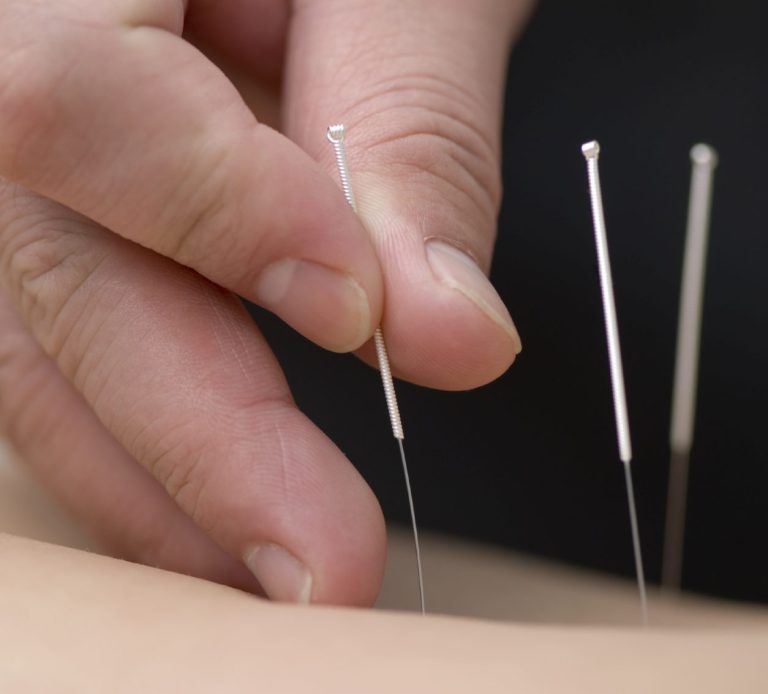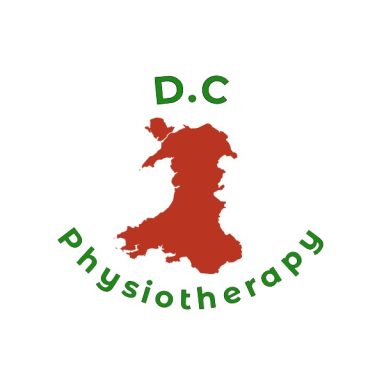Acupuncture
Acupuncture is a helpful tool in physiotherapy that can help with managing pain, reducing inflammation, and aiding in the recovery process.
It has been used for thousands of years in Traditional Chinese Medicine and is now recognised in Western society for its many benefits. In traditional acupuncture, the idea of Qi, which is an energy that flows through the body's meridians, is important. It is believed that by helping Qi flow smoothly, health can be restored.
In Western medicine, acupuncture is explained through how it affects the body's anatomy, physiology, and nervous system, especially in terms of reducing pain. Physiotherapists use acupuncture to help relieve pain by placing thin, sterile needles in specific spots on the body that can trigger the body's natural pain-relieving chemicals. This can help speed up pain relief and work well with other physiotherapy treatments like hands-on therapy and exercises. The choice of acupuncture points is based on the patient's condition and aims to stimulate areas that are rich in nerves, muscles, and connective tissue to improve blood flow and activate the body's pain management systems. Acupuncture is effective in treating many different conditions, such as migraines and chronic pain. It works by providing local, segmental, and extra-segmental pain relief, as well as central regulatory effects, all of which help reduce pain and improve overall well-being. Overall, acupuncture is a safe and effective treatment option when used alongside other physiotherapy methods. Its ability to address a variety of health issues highlights its importance in the field of physiotherapy.

©Copyright. All rights reserved.
We need your consent to load the translations
We use a third-party service to translate the website content that may collect data about your activity. Please review the details in the privacy policy and accept the service to view the translations.
